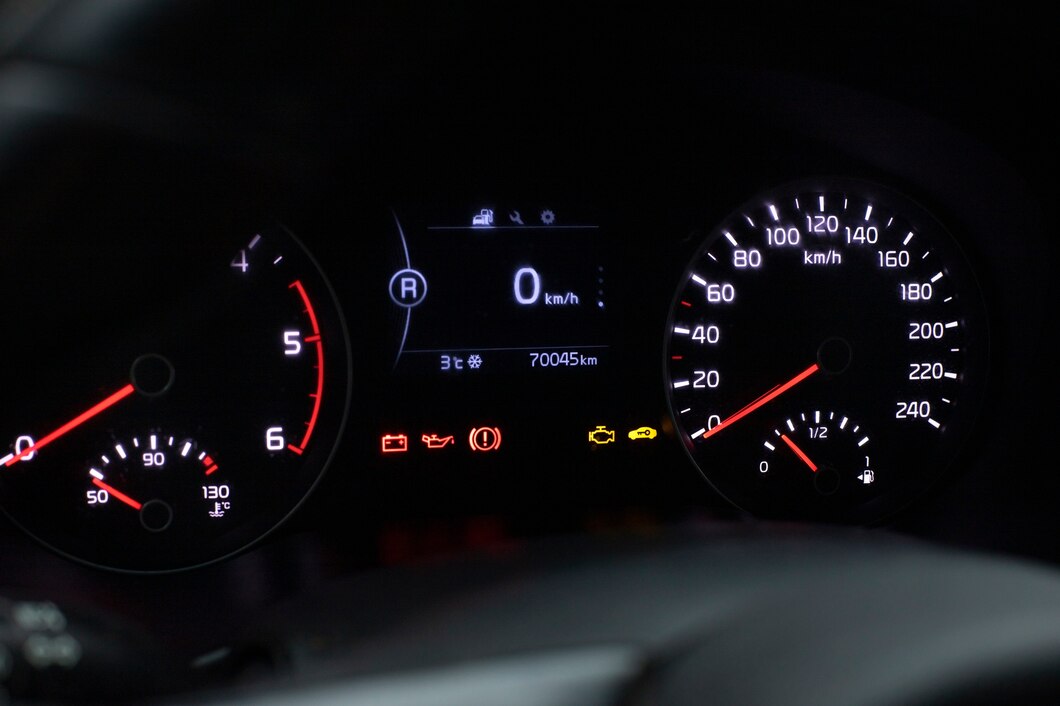Your car’s transmission is a complex and vital component responsible for transferring power from the engine to the wheels, allowing for smooth acceleration and efficient shifting between gears. When a transmission begins to fail, it can lead to serious issues that affect the performance, safety, and longevity of your vehicle. By recognizing the early signs of transmission problems, you can address the issue promptly and avoid costly repairs or breakdowns down the road.
1. Delayed or Slipping Gears
One of the most common early signs of a failing transmission is delayed or slipping gears. You may notice a delay or hesitation when shifting between gears, especially when accelerating or decelerating. Additionally, the transmission may slip out of gear unexpectedly or shift into neutral while driving, causing a sudden loss of power and control. These symptoms indicate internal wear or damage to transmission components, such as clutch plates, bands, or solenoids, and should be addressed promptly to prevent further damage.
2. Rough or Jerky Shifting
Another early indicator of transmission problems is rough or jerky shifting. Instead of smooth and seamless gear changes, you may experience harsh or abrupt shifts accompanied by clunking or grinding noises. This can occur when the transmission fluid is contaminated or low, or when internal components are worn or damaged. Rough shifting not only compromises driving comfort but also puts additional strain on the transmission, leading to accelerated wear and potential failure.
3. Fluid Leaks
Fluid leaks are a telltale sign of transmission trouble that should not be ignored. Transmission fluid is essential for lubricating and cooling internal components, and a leak can lead to insufficient lubrication, overheating, and damage to the transmission. If you notice red or brown fluid pooling under your vehicle or dripping from the transmission housing, it’s a clear indication of a leak that requires immediate attention. Ignoring fluid leaks can lead to costly repairs or even total transmission failure.
4. Unusual Noises
Unusual noises coming from the transmission or engine bay can signal underlying issues that warrant investigation. Listen for sounds such as whining, humming, or buzzing when the vehicle is in gear or when shifting between gears. These noises may indicate worn bearings, damaged gears, or fluid-related problems within the transmission. Additionally, grinding or clunking noises during gear changes can indicate worn synchronizers or other internal components that require attention.
5. Dashboard Warning Lights
Modern vehicles are equipped with onboard diagnostic systems that monitor various vehicle systems, including the transmission. If the system detects abnormalities or malfunctions in the transmission, it may trigger a dashboard warning light, such as the Check Engine Light or Transmission Warning Light. If any warning lights illuminate on your dashboard, it’s essential to have the vehicle inspected by a qualified mechanic to diagnose the underlying cause and address any potential transmission issues.
Recognizing the early signs of transmission problems is crucial for maintaining the performance, reliability, and safety of your vehicle. Whether delayed or slipping gears, rough shifting, fluid leaks, unusual noises, or dashboard warning lights, it’s essential to address these symptoms promptly to prevent further damage and costly repairs. If you suspect that your car’s transmission is going bad, don’t wait until it’s too late—schedule a comprehensive inspection with a trusted mechanic to diagnose the issue and ensure the continued health and longevity of your vehicle’s transmission.











